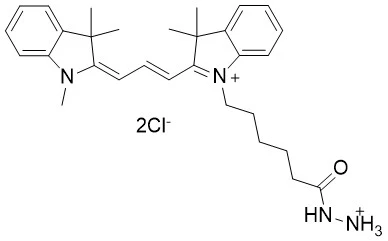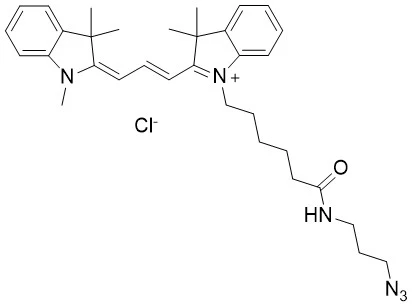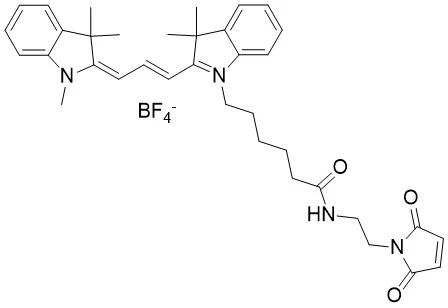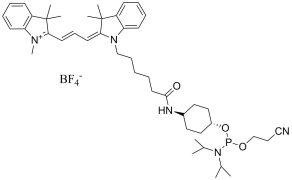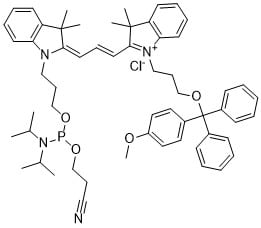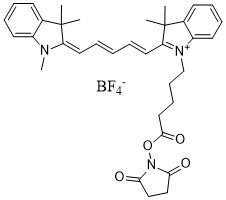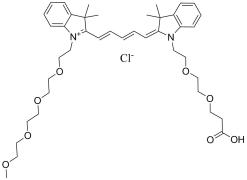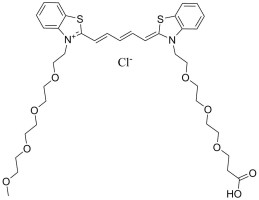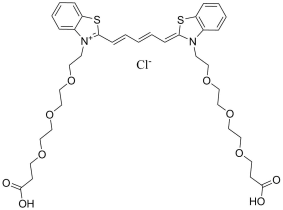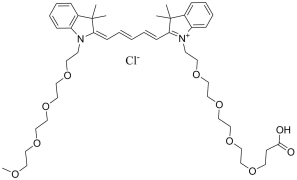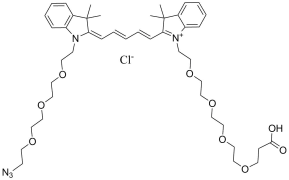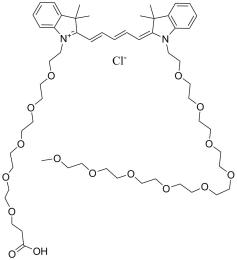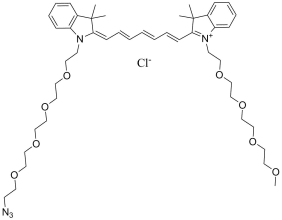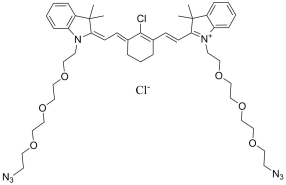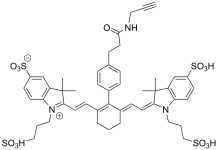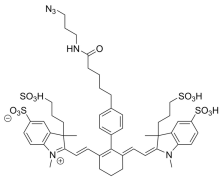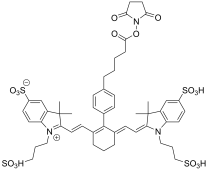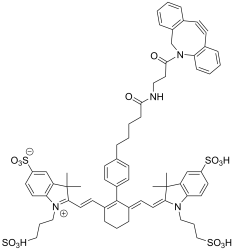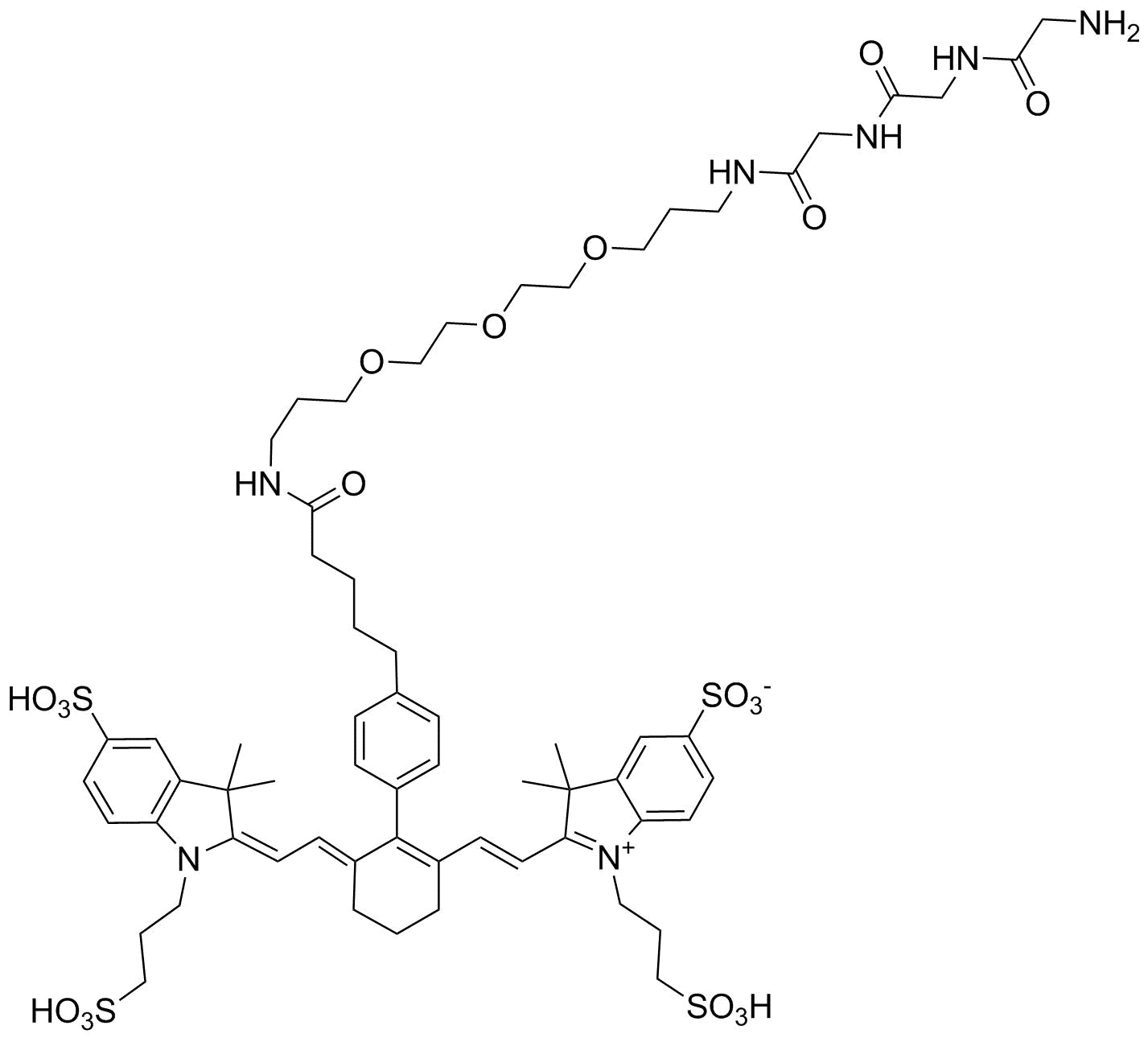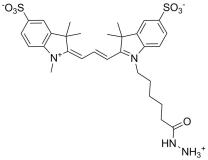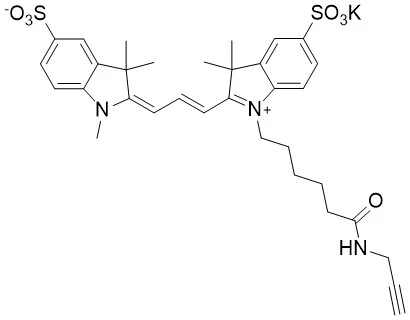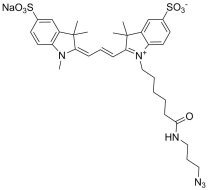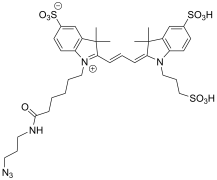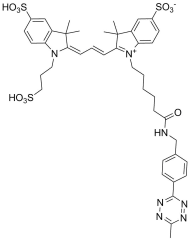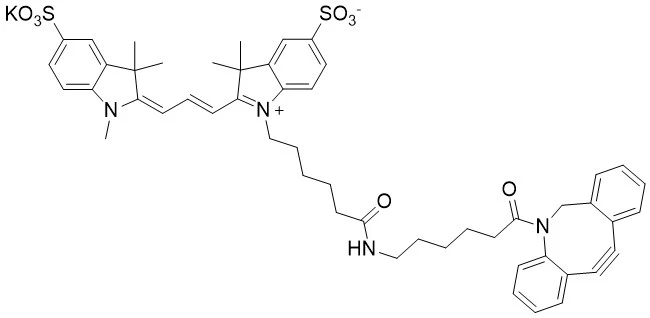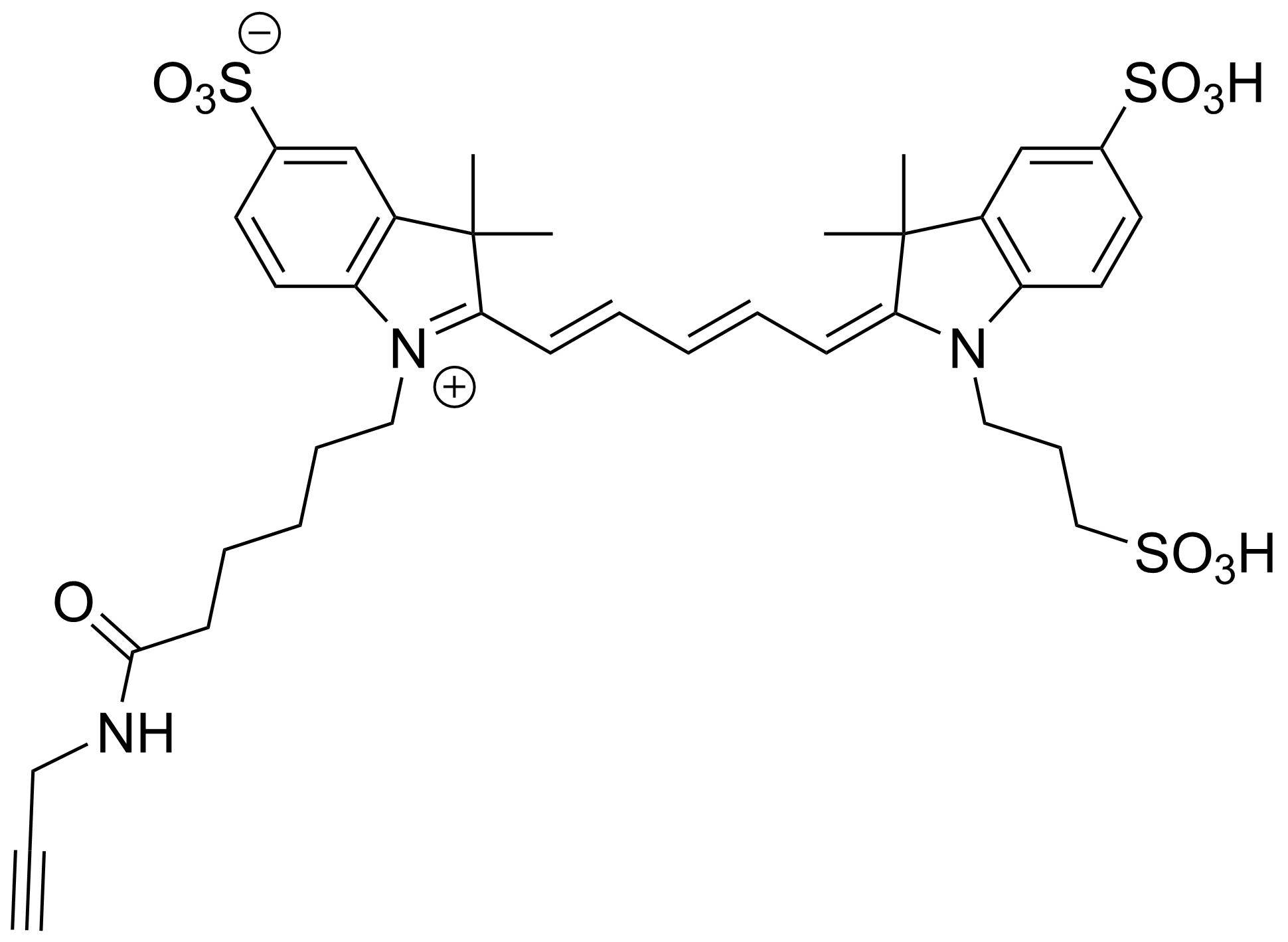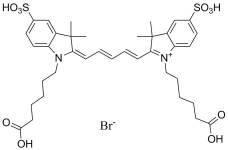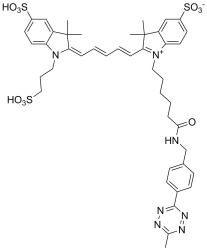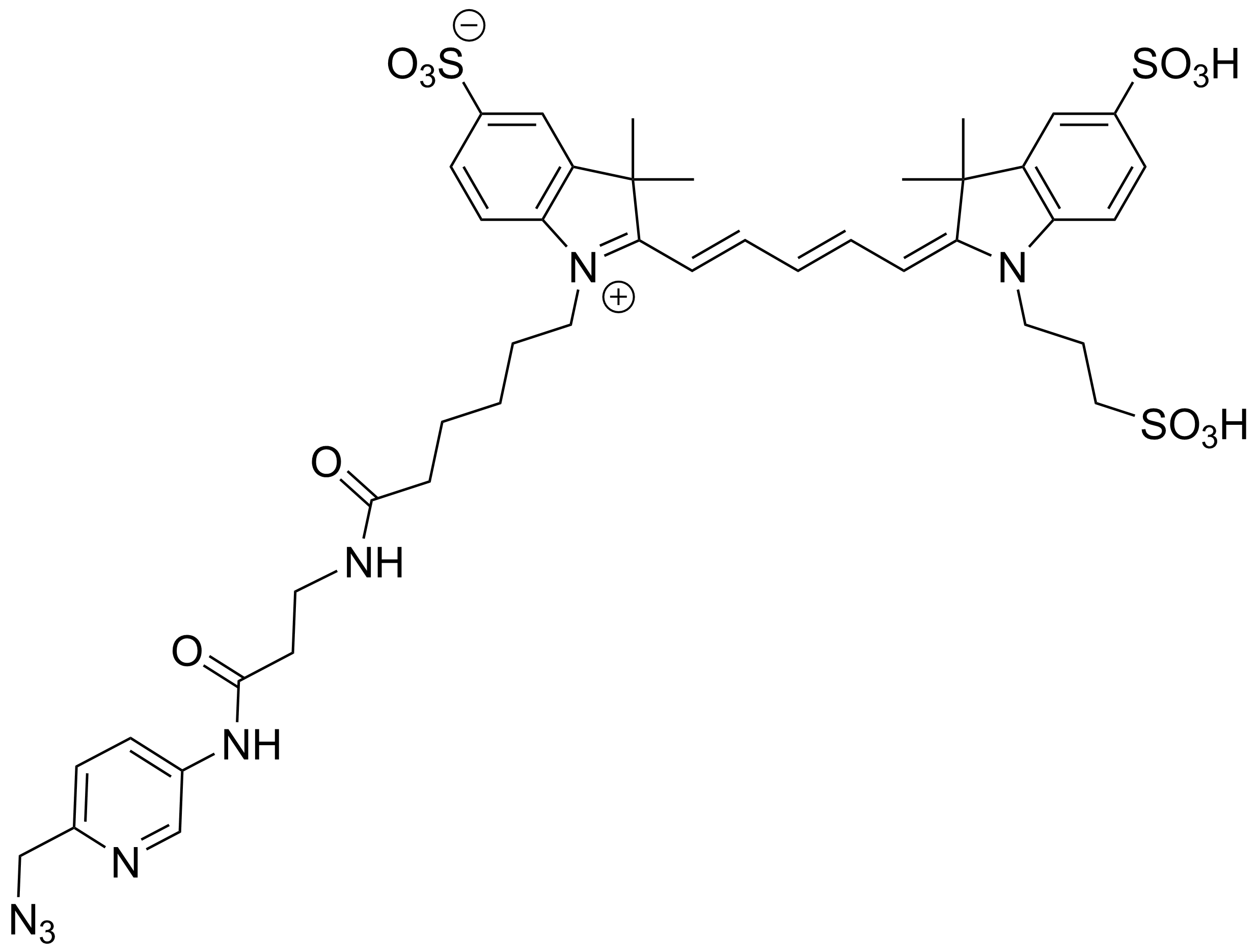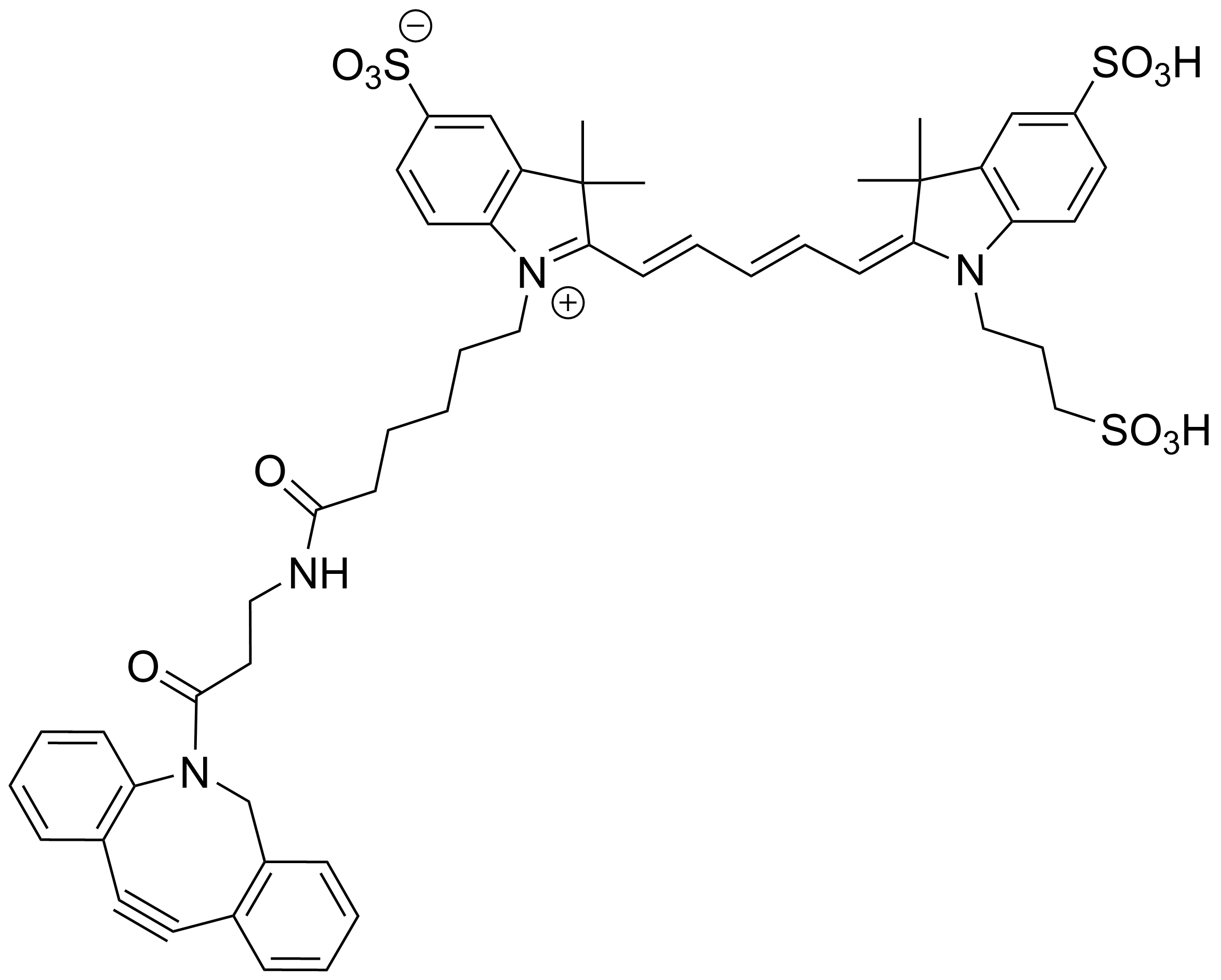ADC Technologies & Analytical Services & Worldwide Leading PEG Supplier
- Home
- Services
- Products
- Acid PEG
- Aldehyde PEG
- Alkyne PEG
- Amino PEG
- Aminooxy PEG
- APN Linkers
- Azide PEG
- BCN-PEG
- Benzyl-PEG
- Biotin PEG
- Bis-PEG-NHS
- Bis-PEG-acid
- Bis-Sulfone PEG
- Boc-PEG
- Branched PEG
- Bromo PEG
- Cleavable Linkers
- DBCO PEG
- DNP PEG
- DOTA PEG
- DSPE PEG
- Diketone PEG
- Fluorescent PEG
- Fmoc PEG
- Folate PEG
- Homobifunctional PEG
- HyNic PEG
- Hydrazide PEG
- Hydroxy PEG
- Iodo PEG
- Lipid PEG
- M-PEG
- Maleimide PEG
- MeNH-PEG
- NHS ester PEG
- Non-PEG linker
- PEG-X-PEG
- PEG-t-butyl ester
- PFP ester PEG
- PROTAC PEG
- Peptide Linkers
- Phosphonate PEG
- Polymer PEG
- Propargyl PEG
- SPDP PEG
- Silane PEG
- Sugar PEG
- Sulfonic acid PEG
- TCO PEG
- Tetrazine PEG
- Thiol PEG
- Tosylate PEG
- PEG Linkers By Modular Weight
- Instrumentation
- Agilent 1290 Infinity UPLC/ AB Sciex 5500 Qtrap Mass Spectrometer
- Bruker timsTOF Pro 2
- Bruker Autoflex Max MALDI-TOF MS
- Orbitrap Fusion Lumos Tribrid Mass Spectrometer
- Orbitrap Mass Spectrometer
- GCMS
- ICP-MS
- Ion Chromatography – HPIC
- LCMS
- Maldi-TOF
- Q-TOF-LC-MS and TQ-LC-MS
- Titrations
- TOF and QTOF Mass Spectrometer
- Quick Links
- Blog
- Contact Us



